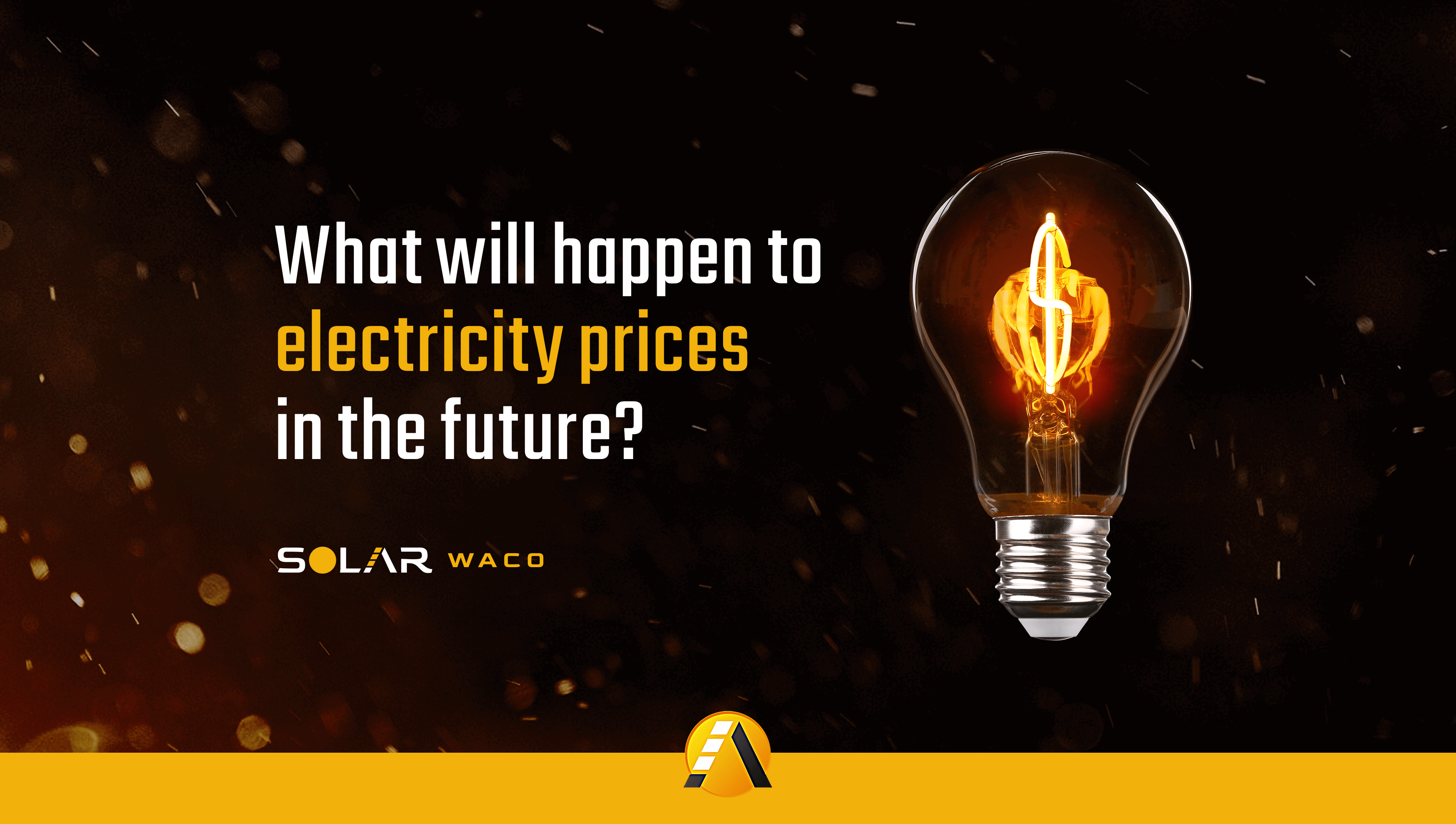

The question is by how much and when. As we ponder what will happen to electricity prices in the future, let’s look at what’s happened in the past, discuss the major contributors of cost to producing electricity and let’s think about and make some predictions about future prices and electricity consumption generally...

The chart below shows residential electricity rates for the United States and for Texas. Since January 2001, the average residential price of electricity has risen from 7.73 cents per kilowatt (7.68 cents in Texas) to 13.02 cents (11.36 cents in Texas) in June 2018. Over the 17 year period, this represents a 68.4% increase (47.9% for Texas) or, depending on how you calculate it, about 2.5% per year. Given the critical nature of electricity to our way of life, we consider that to be pretty fair for most consumers.
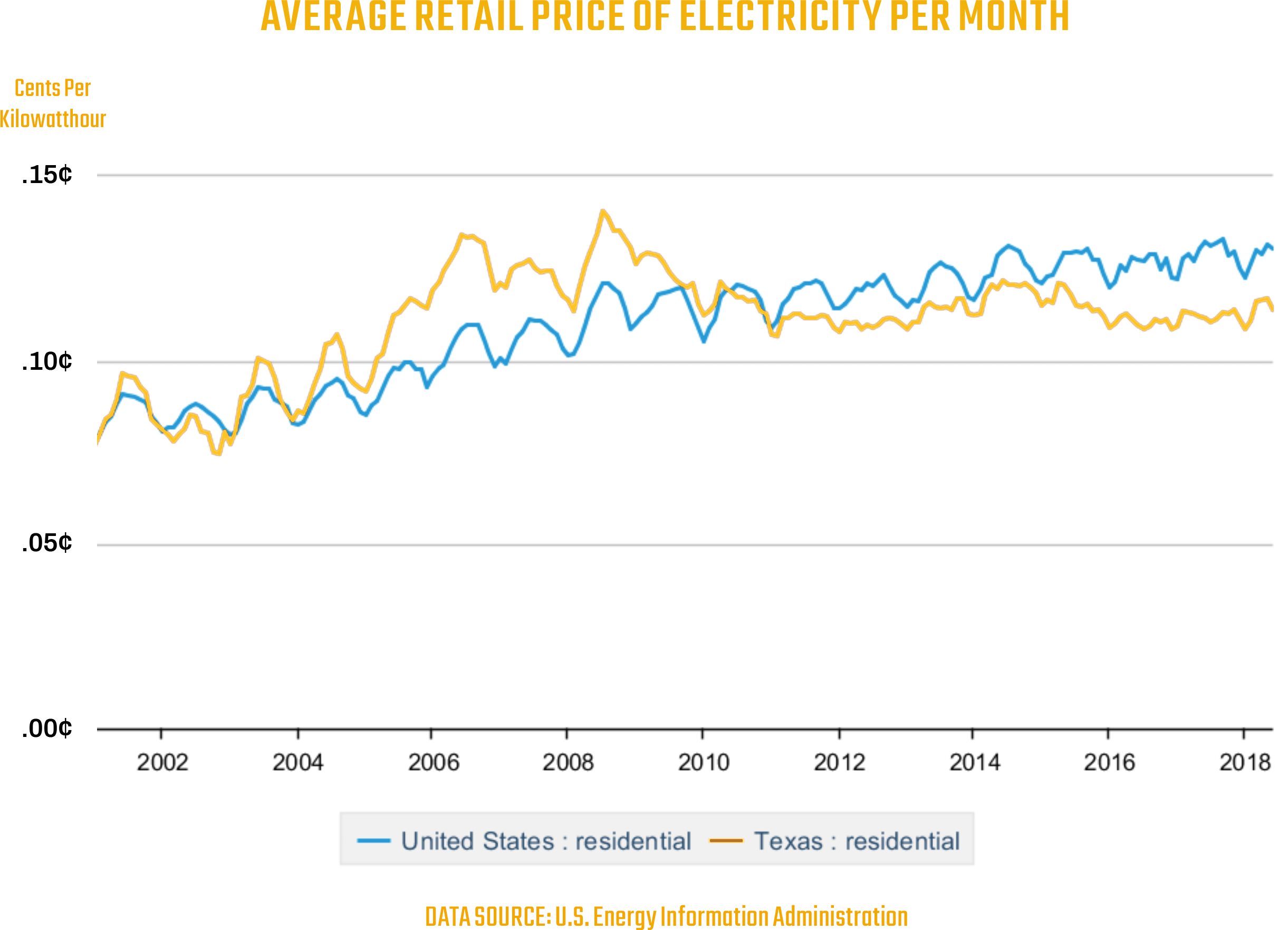
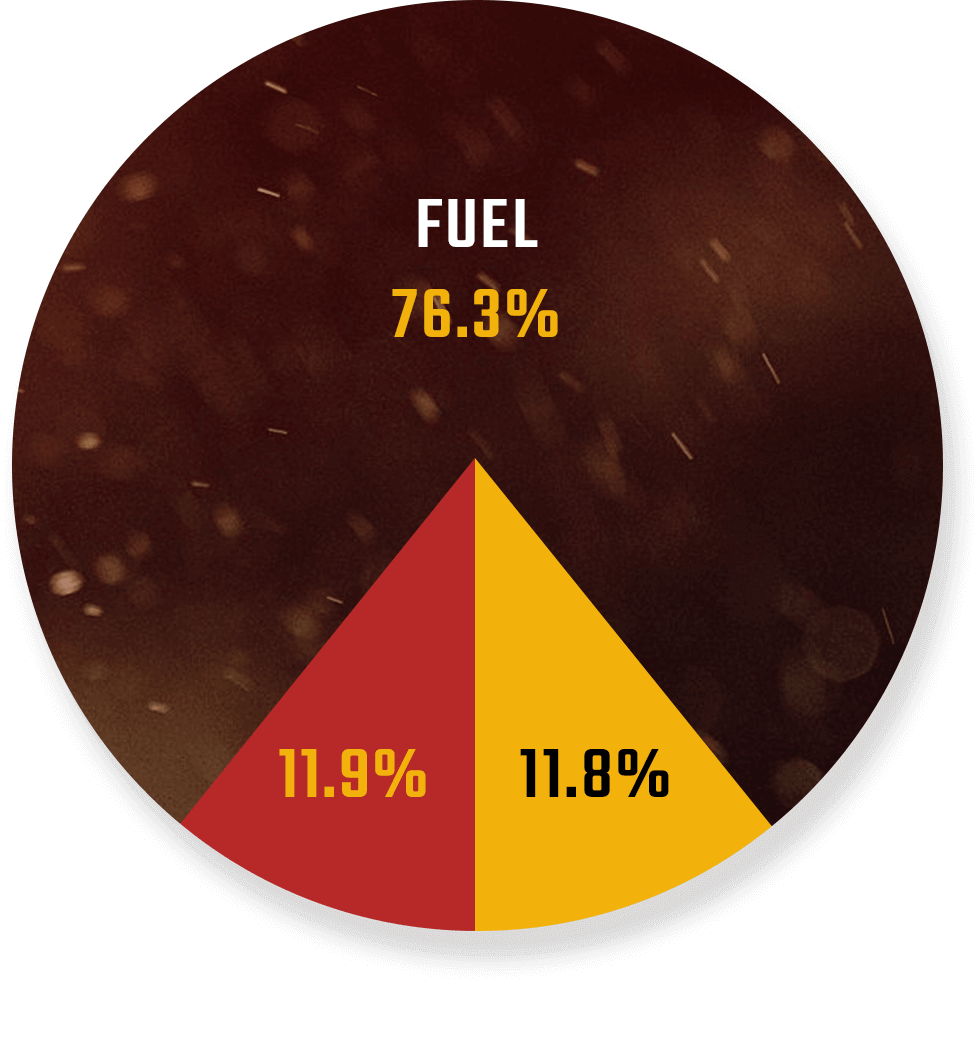
Data, provided by the Energy Information Agency, breaks the costs of generating electricity into three (3) major categories: operations, maintenance and fuel. Because electricity generated from fossil fuels represents over 60% of all the electricity generated in the United States, we are only including fossil fuel generated electricity.
As seen in the table below, fuel represents anywhere from 70.7% to 79.8% of all the costs associated with generating electricity. We think it’s important to know what’s happened to the price of fossil fuels over time.


Interestingly enough, the price of both natural gas and coal are DOWN over the past 10 years and, in the case of natural gas, its not just a little; the price of natural gas is DOWN by over 60%. So we ask the simple question, if the PRIMARY cost (fuel) of generating electricity is down so much, why is the price of electricity up at all? Further, if the price of fossil fuels begin to rise again, how much will electricity prices rise in the future?
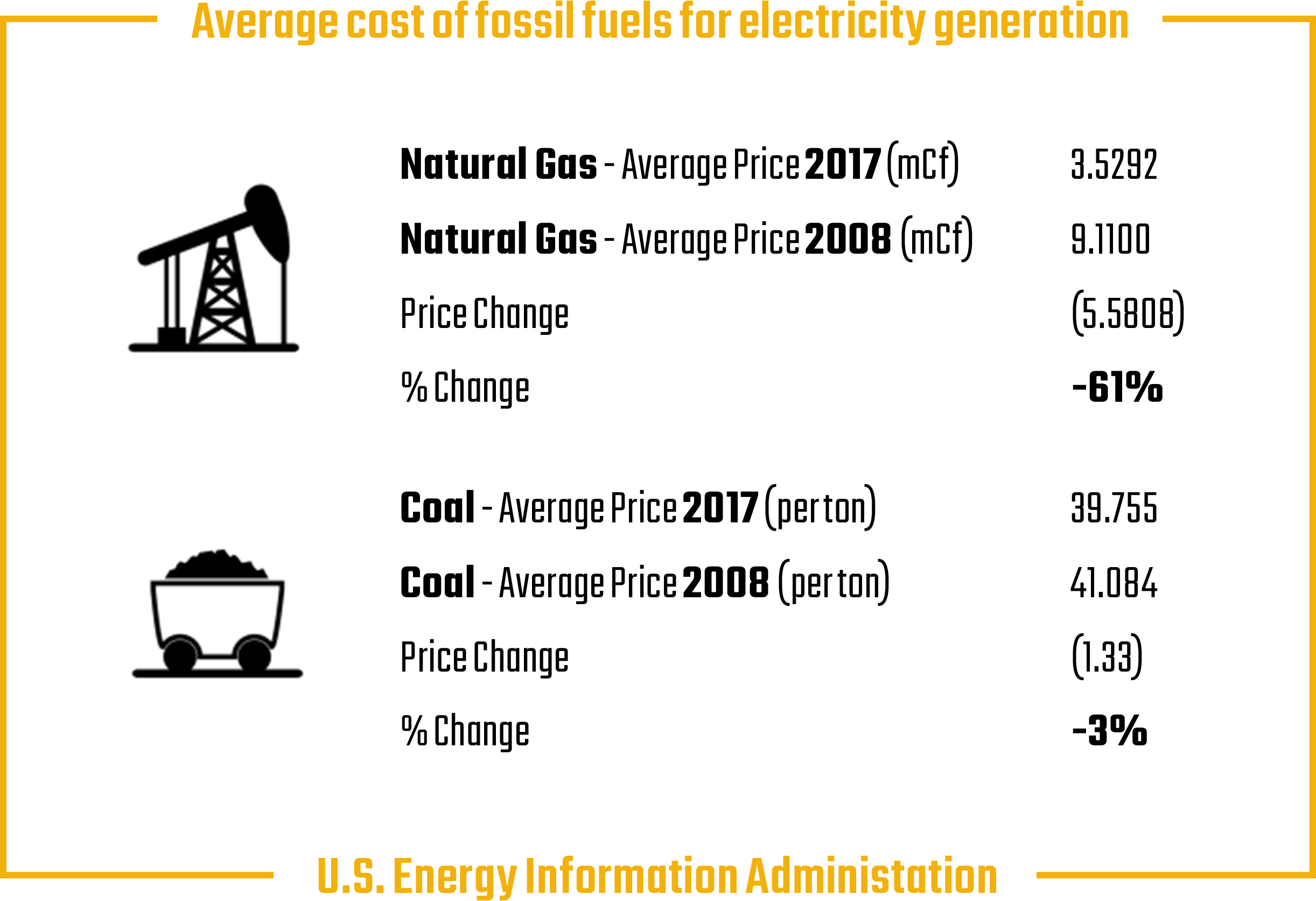
We don’t know the answer to these questions, however, we do believe prices for electricity will continue to rise and is likely to exceed the 2.0% to 2.5% annual increases we’ve seen over the last 15 to 20 years. If the price of coal and natural gas rise, the price of electricity will also rise. Due to the use of future contracts and other instruments power companies use to purchase fuel, the timing of the rise in fossil fuel prices and the rise in electricity prices may not seem to match but they will match in the underlying analysis.
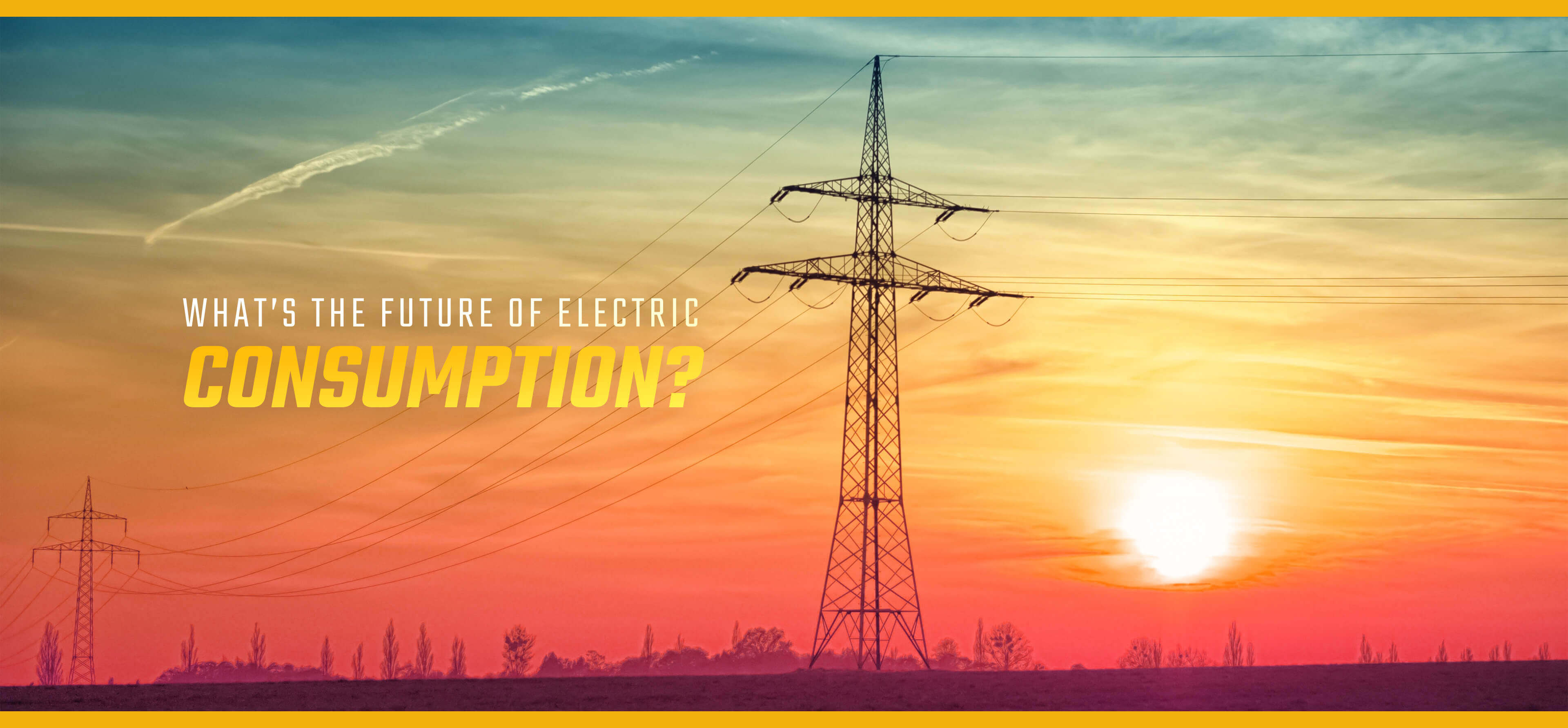
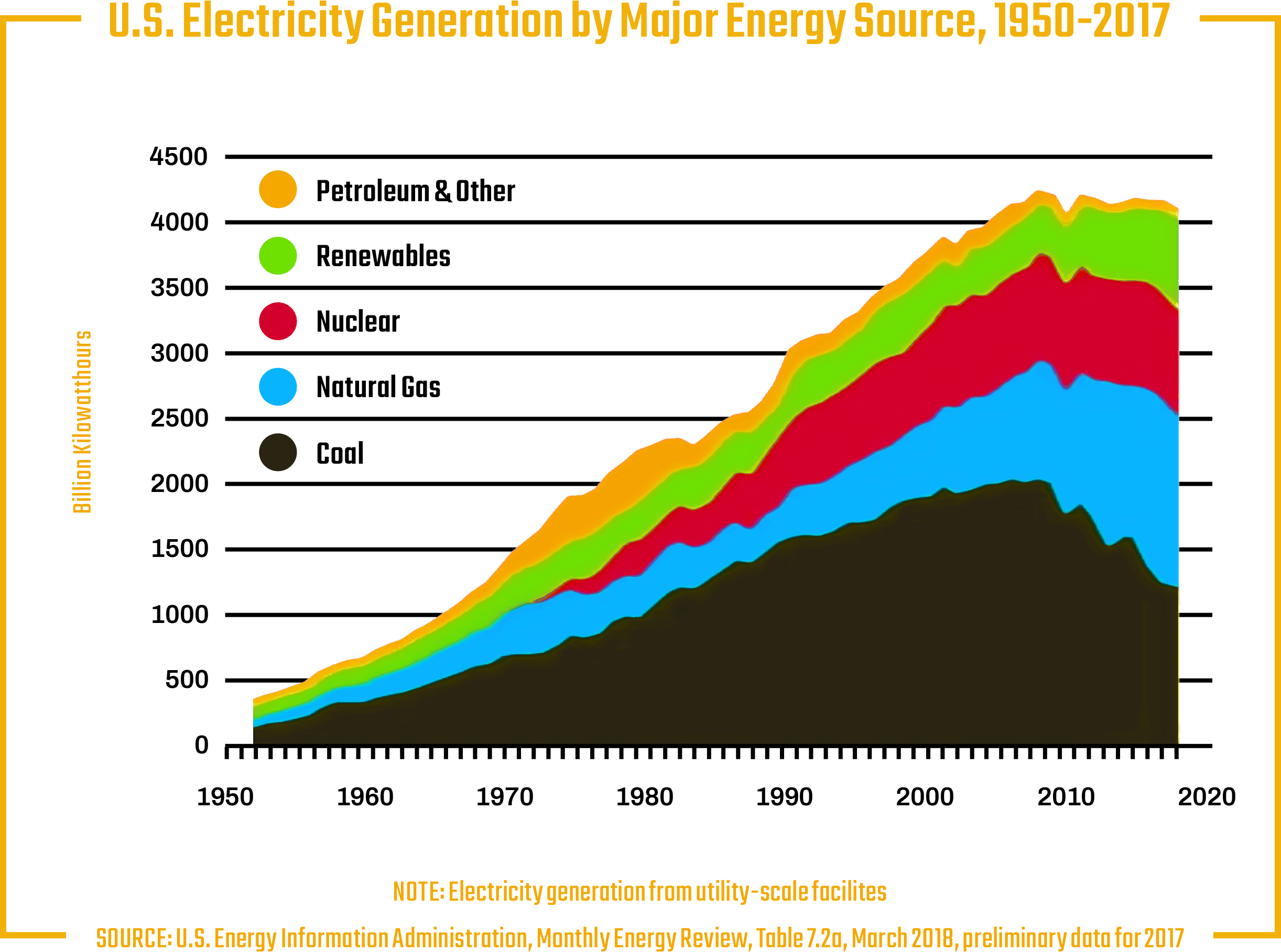
Really, the biggest question that needs to be answered is what will the future of electric consumption be. Over the past 10 to 15 years, due largely to slower population growth, relatively slow economic growth and effective conservation efforts, the consumption of electricity has been relatively stable.

Here is the big variable, what happens if we begin to drive electric vehicles? Now that electric vehicles have a range of over 300 miles, there are fewer and fewer reasons for us NOT to adopt electric vehicles. As we write this, Tesla has become the most valuable car company in the world and Mercedes Benz is making a $12.0 billion investment into the electric vehicle market.
Here are a few reasons we think electric vehicles will take off:
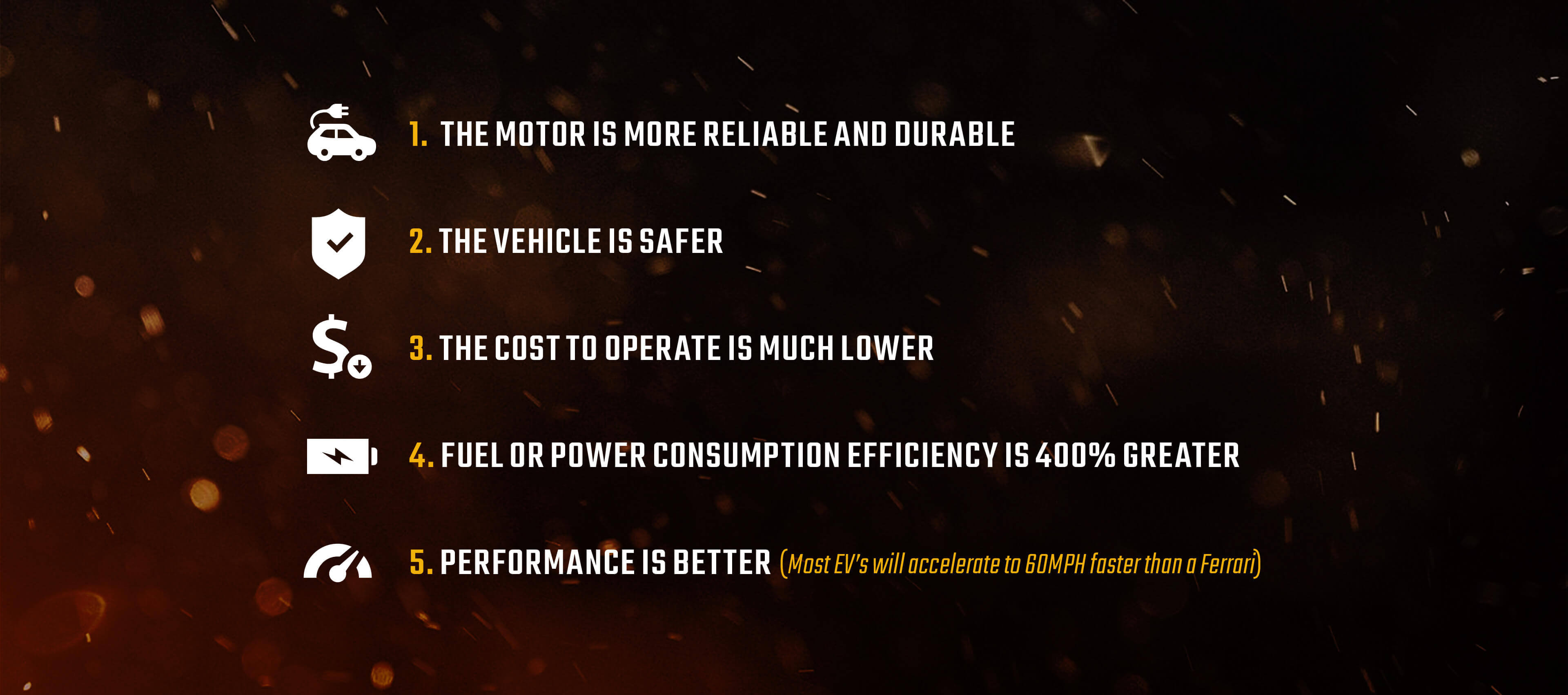

“There are many ways to predict this and ultimately it will need to be answered on a macro scale, but just to give you an idea, one (1) gallon of gasoline contains 33.41 kWh of power. So, if you use 10 gallons of gasoline, you are consuming 334.1 kWh of power, 100 gallons of gasoline would be 3,341 kWh. For reference, at our house, we consume about 3,000 kWh of electricity in the depths of summer (August). Looking at our electric bill over 12 months, we consume about 1,200 kWh per month.
In gasoline, we consume about 300 gallons per month (I have three kids in college and they all drive). That translates to a little over 10,000 kWh per month, triple my peek electric bill and 8.3 times my average. On a power consumption basis, EVs generally get over 100 mpg equivalent, so it’s not a one-for-one exchange but, if my family went to EVs, we would consume more than double the electricity we currently consume. If many people converted from gasoline to EVs, what would be the source of all the electric power? What would happen to the price of electricity if both fossil fuel prices rise AND electric power consumption rises? Moderate adoption of electric vehicles would cause growth in consumption of electricity that exceeds the growth rates of electric consumption of the 1950’s, 60’s and 70’s.”

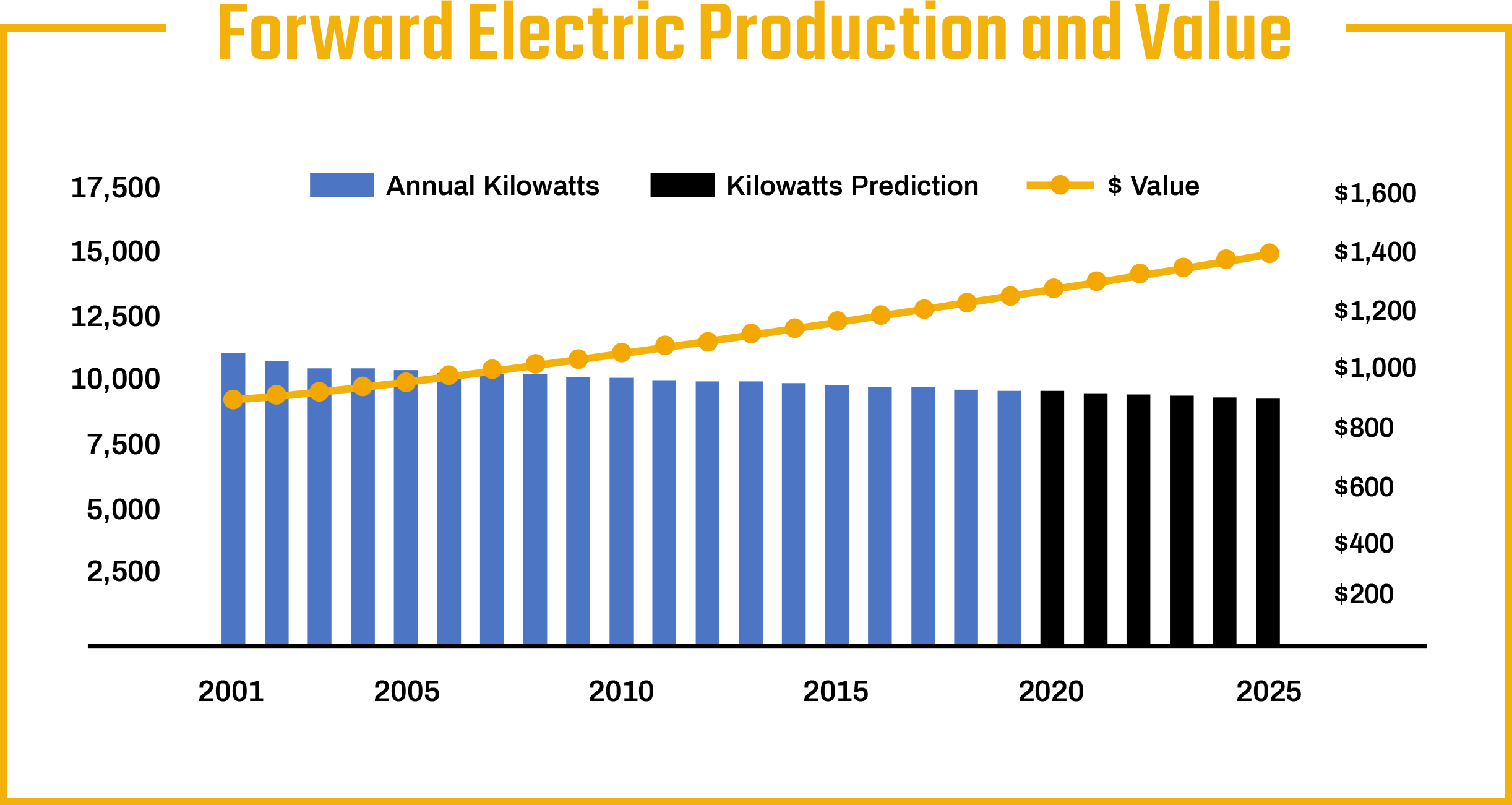

At SolarWaco™ we advocate implementing a “grid-tied” solar power system for your home. At today’s prices for electricity, you would generate electricity in an amount that would be equivalent to a 6.0%-8.0% return on your investment. Also, you don’t have to build an array that is “full size” at the beginning. Start small, if you like and see the benefits, add more panels each year or every couple of years. One of the great aspects of solar power is that it is relatively simple and easily scalable.
What will be helpful to you for the future will be that as electricity prices increase, so will the value of the electricity you produce! The chart above shows the increasing value of solar production, assuming 2.5% price increases over the next 25 years.
